Nissan introduces upgraded e-POWER drivetrain for the Qashqai
Nissan is rolling out a heavily re-engineered version of its e-POWER drivetrain, designed for drivers intrigued by electric cars but not yet ready to abandon the convenience of a gas station. The third generation of this powertrain will debut in the European Nissan Qashqai. It promises big gains in fuel economy, a quieter ride, and a driving experience that more closely mimics a pure electric vehicle.
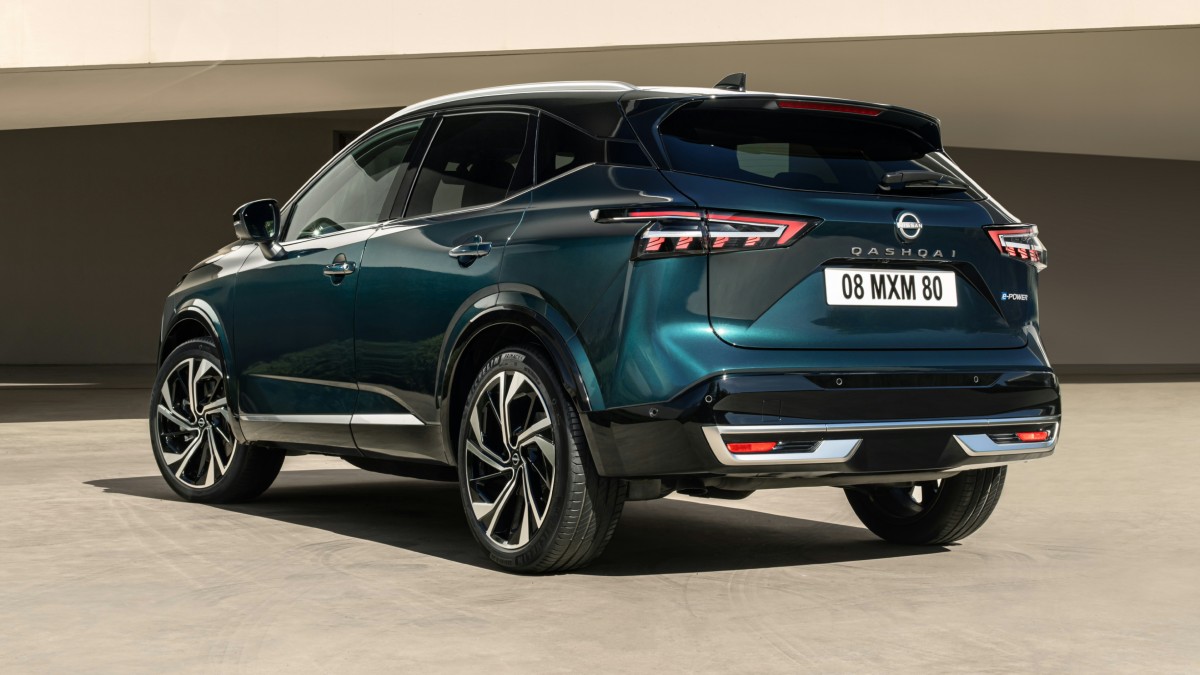
The e-POWER system operates on a principle that flips the script on traditional hybrid vehicles. In traditional hybrids, an electric motor assists a gasoline engine, and either or both can run the wheels. Nissan's approach uses a 1.5-liter gasoline engine for one job only: to act as a power generator. It produces electricity that is sent to an inverter and then directly to a 151kW electric motor that drives the wheels. The engine has no mechanical connection to the drivetrain, meaning the wheels are always turned by electric power. This setup provides the instant torque and smooth, gear-shift-free acceleration characteristic of EVs.
Does it sound familiar, though? The e-POWER is very similar to a Range Extended Electric Vehicle - a system very popular in China. The main difference is those EREVs typically have a much larger battery that can be charged from a power outlet.
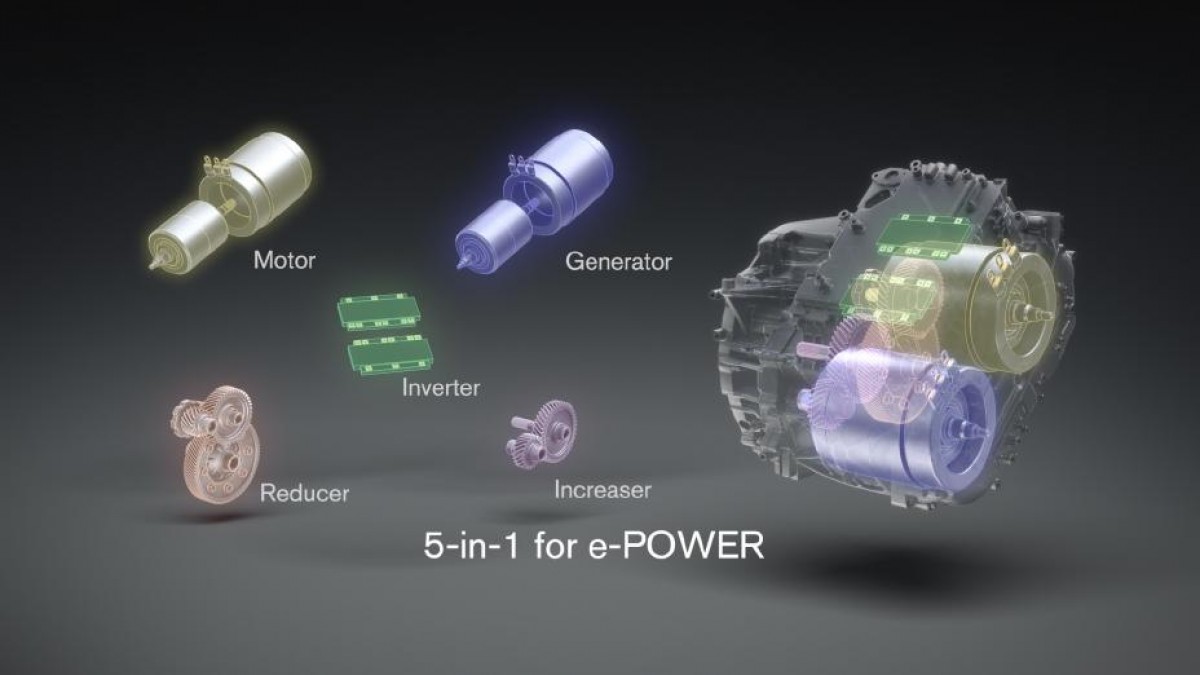
This latest generation of Nissan's system brings big improvements. The company claims the updated Qashqai e-POWER will achieve a fuel consumption of 0.159 ft³ per 62 miles (WLTP), placing it at the top of its segment. This efficiency could translate into a potential range of over 746 miles on a single tank of gas. Carbon dioxide emissions have also been cut by 12%, dropping from 116 g/km to 102 g/km.
To achieve these numbers, Nissan claims its engineers developed an entirely new engine and a more compact powertrain unit. But the three-cylinder 1.5-liter turbo engine sounds eerily familiar to the units used in Chinese cars. Its combustion concept STARC boosts its thermal efficiency to an impressive 42%.
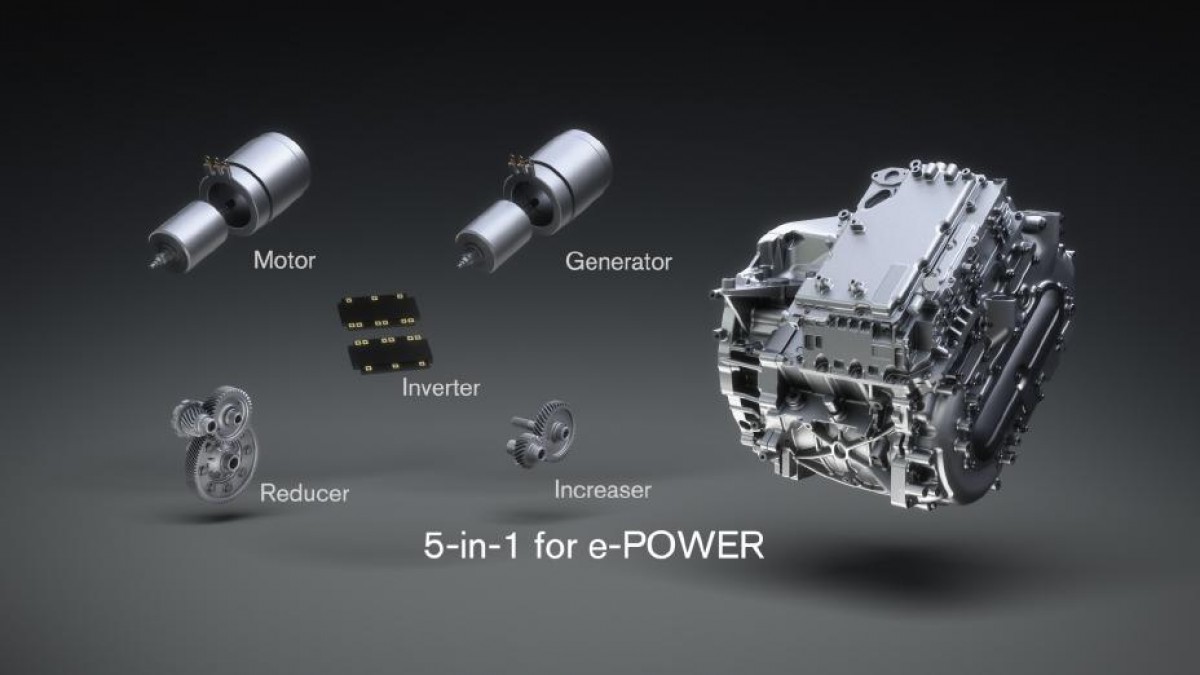
A larger turbocharger allows the engine to run at lower speeds, particularly on the highway, contributing to a significant reduction in cabin noise - up to 5.6 decibels quieter under load compared to the previous version. The entire powertrain, which integrates the electric motor, generator, inverter, and gearing, is now a single, lighter 5-in-1 unit. Interestingly, the variable compression ratio technology from the prior generation was deemed unnecessary and removed due to the other engine enhancements.
The driving experience is where Nissan hopes to win over customers. Because the gasoline engine isn't directly powering the wheels, it can operate in its most efficient range, turning on and off as needed to charge the small 2.1 kWh battery or supply direct power to the motor. At low speeds, the car can operate almost silently, just like an EV. Independent testing from Germany's ADAC automobile association suggests the new system is up to 16% more fuel-efficient in real-world conditions than its predecessor.
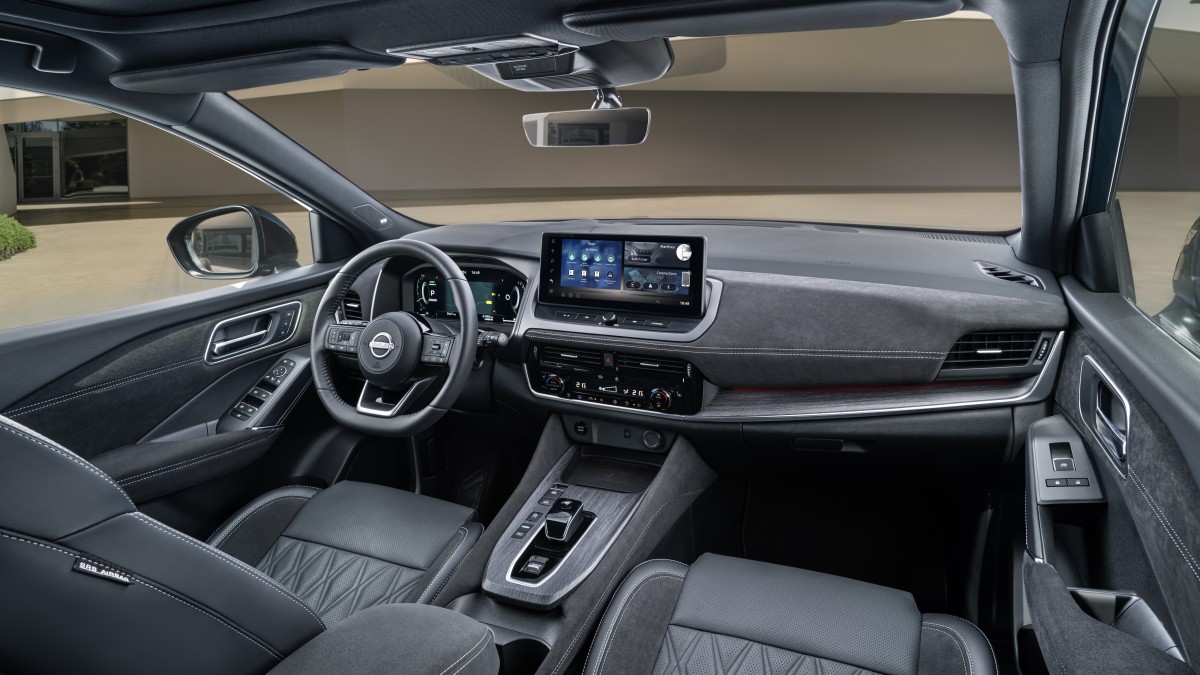
Nissan calls the e-POWER a transitional technology, a bridge for consumers who want the benefits of electric mobility without the perceived hurdles of charging infrastructure and range anxiety. We'd argue that the money spent developing this tech would have been better used to improve the charging infrastructure, rather than fixing the system that didn't work too well in real life.
The updated Nissan Qashqai with the new e-POWER system will be built in Sunderland, UK, and will arrive in European markets in September 2025. Following its European debut, Nissan plans to introduce the technology to North America in the next-generation Rogue and to Japan in the Elgrand minivan in 2026.
Reader comments
- Anonymous
- gKb
Having just bought and been driving a brand new current version for 2 weeks I'm overjoyed to hear this. Not!
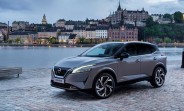
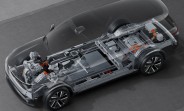

Facebook
Twitter
Instagram
RSS
Settings
Log in I forgot my password Sign up